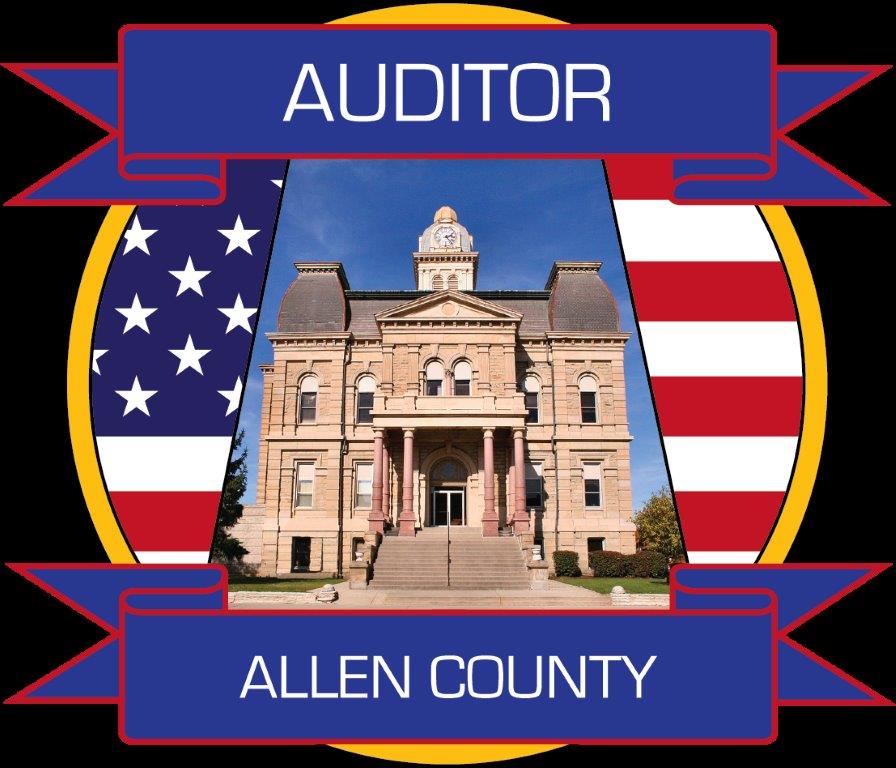Levies
Levies on the Ballot
Voted Levies
The legislature has established two specific forms of levies that taxing entities can pass. Both forms of levies are explained below.
Fixed Sum Levy
Fixed sum levies are for bond issues and emergency levies only. The voters pass a fixed sum levy for a specific amount. The Auditor’s Office will calculate the amount of millage that will be charged in order to collect the specific amount passed in the election. Even if the market value of a property declines, the same fixed sum will be collected. For example, bond levies are passed so that new school buildings can be built. Collecting the specific amount of the levy, regardless of market value, ensures that the schools have the funds available to pay the loan payments for the new buildings. As an example, if a fixed sum Emergency levy is passed for $2,000,000.00, the Auditor’s Office will collect $2,000,000.00 each year. If all values decline because of the economy the Auditor’s Office will still collect the $2,000,000.00 each year.
A bond levy is offered for construction activities with a specified term and amount. Proceeds are used to pay off principle and interest on the bond issuance.
An emergency levy will generate a fixed level of annual funding, regardless of changes in property value. Emergency levies are limited to ten years and are exempt from the 20 mill floor limitation.
Fixed Rate Levy
Fixed rate levies are for all other funding needs. The voters pass a fixed rate levy for a specific millage. The first year a levy goes on the ballot, the Auditor’s Office calculates the amount to be received based upon the current valuation. This sets the ceiling for both the amount to be collected and the millage. For this example, a levy is passed for 5 mills and will collect $2,000,000.00 a year. The second year the property values increase due to a reappraisal. Instead of collecting 5 mill, only 4.9 mill would be charged, which would still collect the $2,000,000.00 a year. In year three, property values slightly increase due to new construction. The millage drops to 4.85 to still collect the $2,000,000.00. As the years pass and property values increase or decrease, the millage will increase or decrease along with property values so that the $2,000,000.00 is still collected. If because of the economy, all property values decline, the Ohio Department of Taxation will raise the millage until the ceiling of the original voted 5 mills is reached. Once the mills are at the ceiling, 5 mills will be charged on the current valuation which could lower individual taxes.
Types of Levies
New (Additional) Levy
- Will increase taxes and generate additional revenue.
- Will be voted on in any election.
- Generally are for a fixed number of years. (5 years is the most common)
Renewal Levy
- Levy intended to extend an expiring levy, while considering original property valuations at the time of passage.
- Will not increase taxes, but generates approximately the same amount of revenue as the year before.
- May be voted in a November general election up to one year early but in no instance will it overlap with an existing levy.
- Generally are for a fixed number of years. (5 years is the most common)
- Renewals with an increase will increase your taxes by the amount of the increased millage.
Replacement Levy
- Levy intended to extend an expiring levy, while considering the present day property valuation.
- Will increase taxes, however, not as much as additional levies. For Example: A 2.0 mill fire levy first passed in 1990 is currently being collected at 1.25 mill as a result of increased values. The replacement of this levy would restore the millage rate to 2.0 mill or an increase of .75 mills. The 2.0 mills will be charged on the current valuation which could result in an increase.
- Replacement levies will generate additional revenue.
Continuing Levy
- Are the same as additional levies; however, these are imposed for a continuing period of time with no expiration dates. These are most common in school district issues.
- May be replaced in order to generate additional revenue at any election in any year. However, these may only be submitted to the voters once per year.
Emergency School District Levy
School Districts may place on the ballot an emergency levy if they determine their present revenues are insufficient to provide for the emergency requirements of the school district or in order for the school to avoid an operating deficit. Emergency levies are not subject to H.B. 920 but are adjusted by the County Budget Commission to insure the district receives the exact dollars as approved by the voters. The Ohio Administrative Code prohibits the emergency levies to be included in the twenty mill limit calculation. The maximum number of years an emergency levy can be levied is 10 years.
